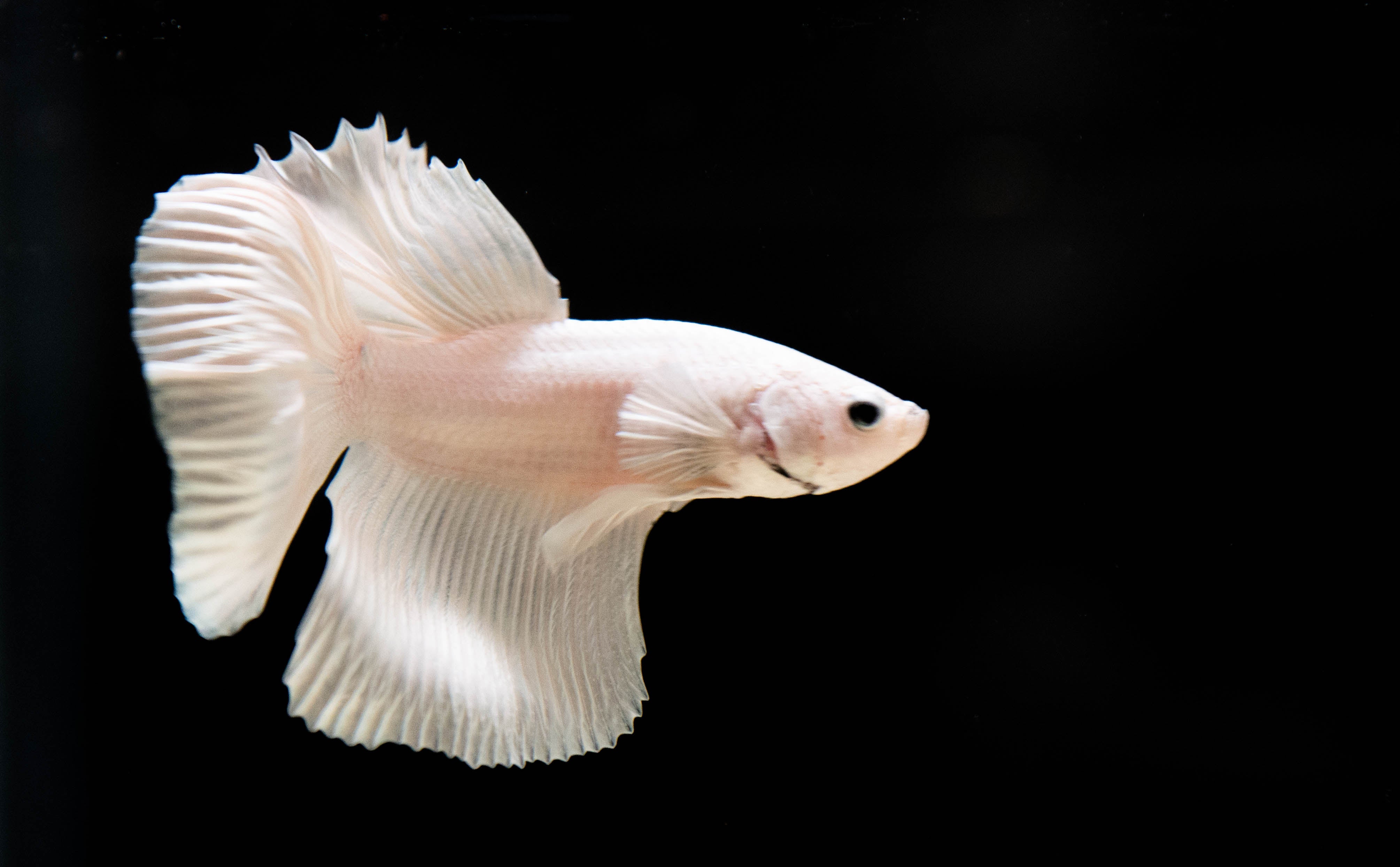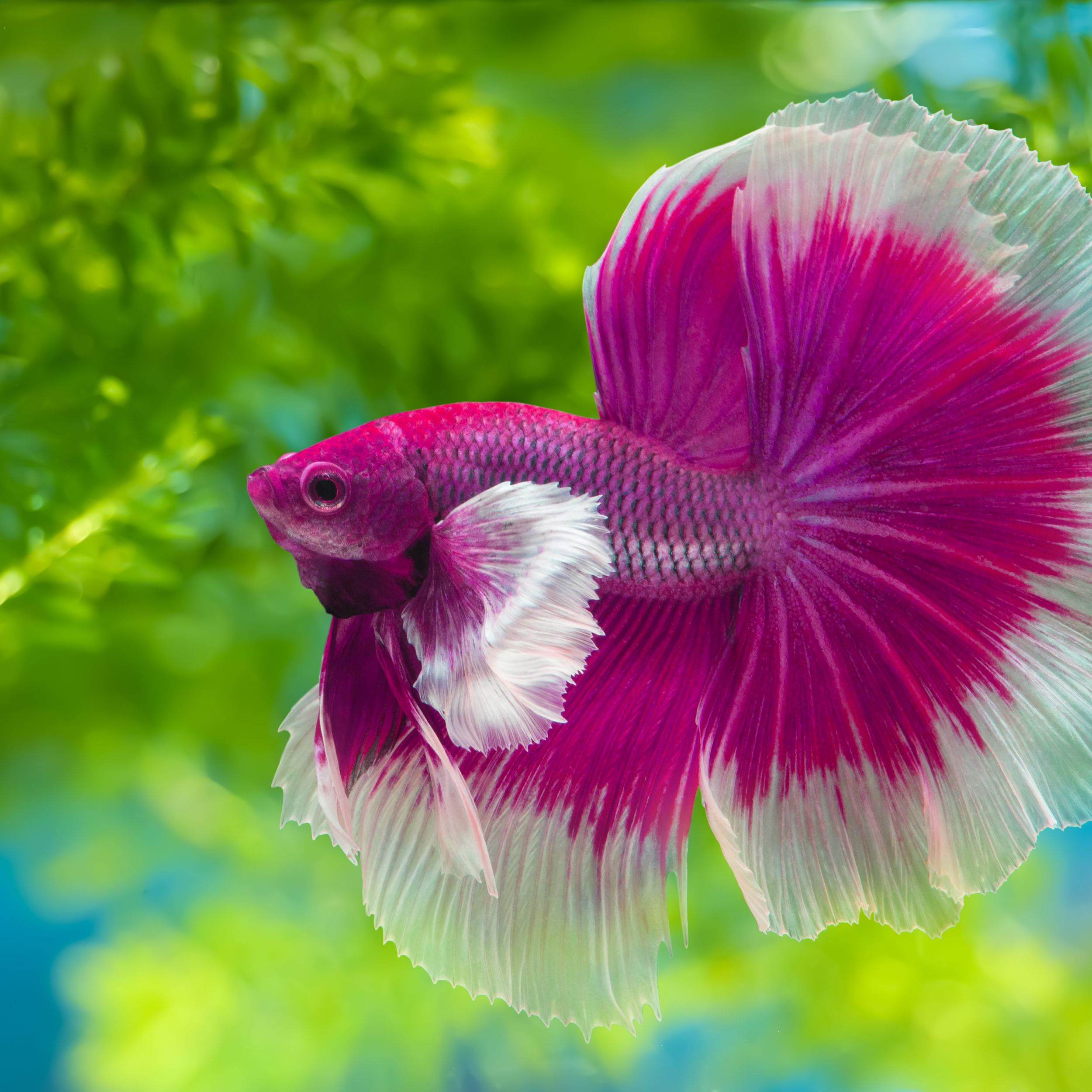Everything About Betta Fish: Understanding Their Distinct Demands, Habits, and the very best Practices for Ideal Care
Comprehending the unique requirements and actions of Betta fish is necessary for any aquarist seeking to provide ideal treatment. These captivating animals, belonging to the warm waters of Southeast Asia, display distinctive territorial tendencies and call for specific environmental conditions to prosper. From picking the right tank size to identifying potential health and wellness issues, numerous variables considerably affect their health. As we explore these elements additionally, the effects for both novice and experienced fish caretakers become progressively noticeable, elevating questions about exactly how finest to accommodate these exceptional fish in our homes.
Betta Fish Overview
Although commonly admired for their vibrant shades and moving fins, Betta fish, medically understood as Betta splendens, are complicated creatures that require specific like prosper. Stemming from Southeast Asia, these freshwater fish are recognized for their territorial nature and one-of-a-kind habits. Betta fish display sexual dimorphism, with men presenting a lot more vibrant colors and longer fins than ladies.
Their hostile tendencies, especially among men, require careful consideration when real estate them. Bettas are commonly kept in single-specimen containers to avoid territorial disagreements. They can coexist in harmony with specific suitable types in bigger neighborhood storage tanks, offered the setting fulfills their needs.

To make certain optimal care, aquarists should recognize their unique behavioral characteristics, dietary requirements, and environment demands. betta fish. With appropriate focus, Betta fish can show their vibrant personalities and thrive in a well-kept aquarium setting
Natural Habitat and Environment
Betta fish flourish in a diverse series of all-natural environments, mostly discovered in the shallow waters of Southeast Asia, consisting of rice paddies, swamps, and slow-moving streams. These atmospheres are characterized by warm temperature levels, normally in between 75 ° F and 82 ° F(24 ° C and 28 ° C ), and a pH level ranging from 6.5 to 7.5, which is ideal for their wellness and wellness.
In their natural environments, Betta fish are accustomed to dense greenery, giving both sanctuary and breeding premises. The existence of plants such as floating water lilies and thick yards not only offers defense from killers but likewise adds to the oxygenation of the water, which is crucial for their breathing needs. In addition, these atmospheres often have locations of still water, allowing Betta fish to show their natural actions such as bubble nesting.
Comprehending the natural habitat of Betta fish is crucial for fish tank enthusiasts. Duplicating these problems-- with water temperature level, pH balance, and the incorporation of online plants-- can significantly enhance the general health and durability of these exciting fish, ensuring they prosper in a home aquarium setup.
Social Behavior and Communications
Recognizing the social behavior and interactions of Betta fish is this hyperlink vital for effective fish tank administration. Betta fish, or Siamese combating fish, are recognized for more helpful hints their one-of-a-kind behavior attributes, identified mainly by territoriality and aggressiveness.
Alternatively, women Bettas show less hostile behavior and can exist together in groups, called sororities, if presented appropriately. It is critical to check their communications carefully, as hierarchy and dominance can lead to conflicts. Understanding the characteristics within a Betta neighborhood is crucial; developing hiding spots and ensuring ample room can alleviate hostility.
In addition, Betta fish might additionally show curiosity and social habits in the direction of various other types. While they can coexist with particular non-aggressive storage tank mates, it is important to choose compatible types to prevent stress and aggressiveness. In general, recognizing these social communications is essential to fostering an unified aquarium setting for Betta fish.
Crucial Treatment Guidelines
Supplying proper treatment for Betta fish is important to their health and health. To guarantee a growing atmosphere, it is necessary to keep optimum water conditions. The water temperature level ought to be maintained between 76 ° F and 82 ° F(24 ° C to 28 ° C), while pH degrees should vary from 6.5 to 7.5. Regular water changes-- around 25% weekly-- assistance keep water high quality.
Betta fish call for a suitable storage tank dimension; a minimum of 5 gallons is recommended to supply sufficient room for swimming and index hiding. Consist of decorations and plants to produce a revitalizing setting, but avoid sharp items that might damage their fragile fins.

Lastly, make certain the tank is equipped with a filter to maintain the water tidy, but use a mild filter to prevent strong currents that can stress the fish. By adhering to these crucial treatment guidelines, owners can advertise a healthy and balanced and dynamic Betta fish.
Common Health Issues and Solutions
In the treatment of Betta fish, understanding of common wellness problems is vital for maintaining their health. One common problem is fin rot, frequently brought on by bad water quality or microbial infection. Signs consist of frayed or discolored fins. To deal with fin rot, improve water problems and consider making use of a broad-spectrum antibiotic.
Another typical disorder is ich, a parasitic infection identified by white spots on the fish's body (betta fish). Therapy involves boosting water temperature level and adding aquarium salt to the storage tank, as this can help get rid of the bloodsucker
Swim bladder disorder is likewise regularly observed, leading to buoyancy issues. This problem might occur from overfeeding or irregularity. A fasting period of 24-48 hours, complied with by a diet regimen of blanched peas, can provide relief.
Finally, bettas might struggle with velvet illness, shown by a gold dust-like look on their skin. Treatment normally calls for medication specifically created for exterior bloodsuckers, alongside improved storage tank hygiene.
Routine surveillance of water parameters, preserving a tidy setting, and providing a balanced diet are important precautionary procedures. By addressing these health issues quickly, Betta fish can lead healthier, extra lively lives.
Verdict
In recap, effective betta fish treatment needs an understanding of their special requirements and habits. Supplying an appropriate atmosphere, including suitable container dimension and water problems, is necessary for their wellness. Furthermore, acknowledging their territorial nature and guaranteeing sufficient hiding areas can prevent aggression. Normal monitoring of health and water quality, in addition to a well balanced diet plan, contributes to the longevity and vibrancy of betta fish. Complying with these guidelines will cultivate a thriving aquatic environment for these fascinating animals.